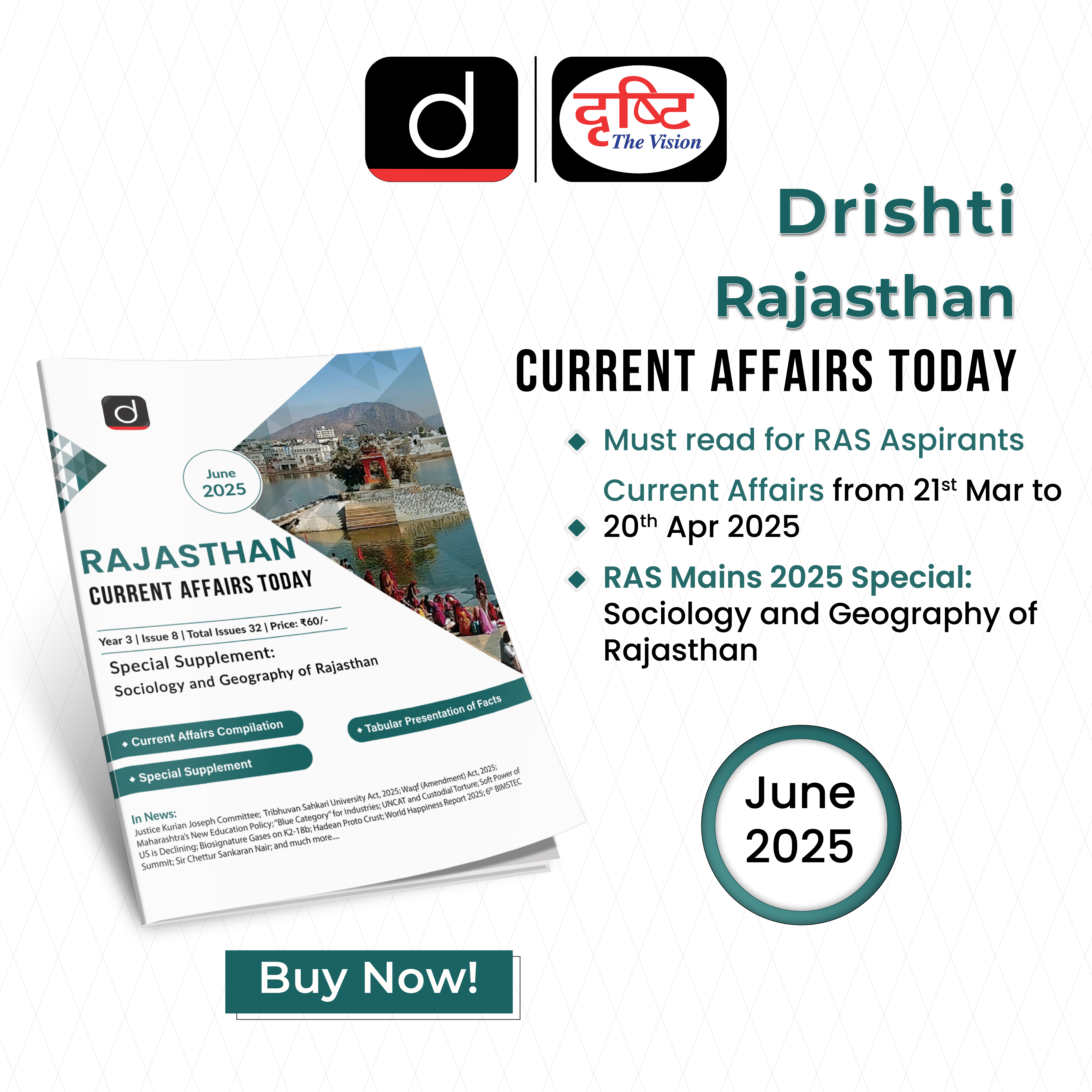Bihar Switch to Hindi
Cyclone 'Dana' Impact on Bihar
Why in News?
Recently, Cyclone 'Dana' has caused significant changes in the weather pattern across Bihar, leading to heavy rainfall warnings for several districts.
Key Points
- Affected Districts: Patna, Gaya, and other nearby regions are likely to experience significant rainfall.
- The India Meteorological Department (IMD) has issued a yellow alert, warning residents to prepare for potential flooding.
- Cyclone Dana is also influencing weather conditions in neighboring states like Jharkhand and West Bengal.
- Colour- Coded Weather Warning:
- It is issued by the IMD whose objective is to alert people ahead of severe or hazardous weather which has the potential to cause damage, widespread disruption or danger to life.
- The IMD uses 4 color codes are:
- Green (All is well): No advisory is issued.
- Yellow (Be Aware): Yellow indicates severely bad weather spanning across several days. It also suggests that the weather could change for the worse, causing disruption in day-to-day activities.
- Orange/Amber (Be prepared): The orange alert is issued as a warning of extremely bad weather with the potential of disruption in commute with road and rail closures, and interruption of power supply.
- Red (Take Action): When the extremely bad weather conditions are certainly going to disrupt travel and power and have significant risk to life, the red alert is issued.
- These alerts are universal in nature and are also issued during floods, depending on the amount of water rising above land/in a river as a result of torrential rainfall.
- For instance, when the water in a river is ‘above normal’ level, or between the ‘warning’ and ‘danger’ levels, a yellow alert is issued.
Cyclone
- Cyclones are rapid inward air circulation around a low-pressure area. The air circulates in an anticlockwise direction in the Northern hemisphere and clockwise in the Southern hemisphere.
- Cyclones are usually accompanied by violent storms and bad weather.
- The word Cyclone is derived from the Greek word Cyclos meaning the coils of a snake. It was coined by Henry Peddington because the tropical storms in the Bay of Bengal and the Arabian Sea appear like coiled serpents of the sea.
- There are two types of cyclones:
- Tropical cyclones; and
- Extra Tropical cyclones (also called Temperate cyclones or middle latitude cyclones or Frontal cyclones or Wave Cyclones).
- The World Meteorological Organisation uses the term 'Tropical Cyclone’ to cover weather systems in which winds exceed ‘Gale Force’ (minimum of 63 km per hour).
- Tropical cyclones develop in the region between the Tropics of Capricorn and Cancer. They are large-scale weather systems developing over tropical or subtropical waters, where they get organized into surface wind circulation.
- Extra tropical cyclones occur in temperate zones and high latitude regions, though they are known to originate in the Polar Regions.



-UPPCS-English%20(web).png)
-UPPCS-English%20(mobile).png)






%20MPPCS%202025%20Desktop%20E.jpg)
%20MPPCS%202025%20Mobile%20E%20(1).jpg)

.jpg)









.png)







 PCS Parikshan
PCS Parikshan

